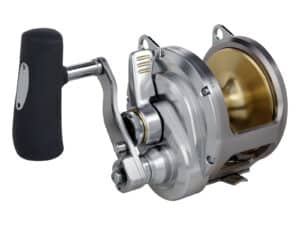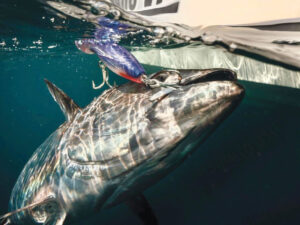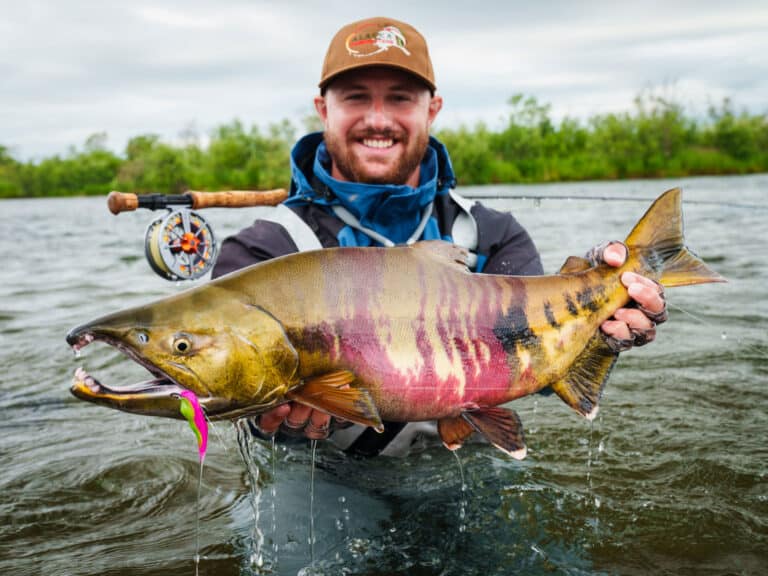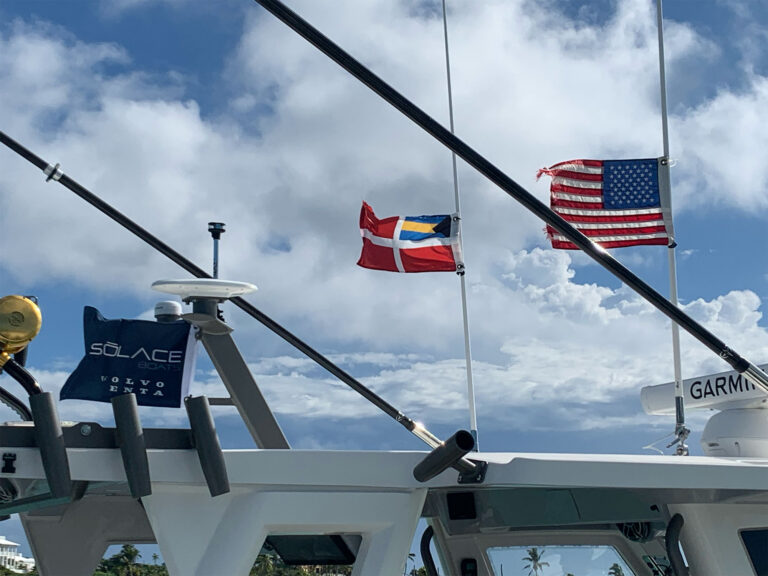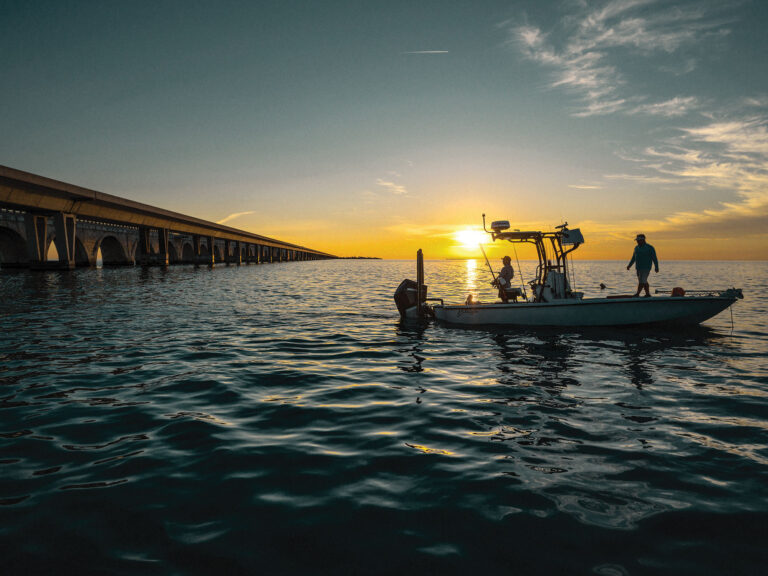**Question:
**When rigging reels for salt water, I put a Bimini loop in the backing and a loop in the rear of the fly line and make a loop-to-loop connection. Some friends double the Bimini (use four strands instead of two), saying it will better distribute the load against the loop in the fly line. Do you see any advantage to this?
Michael Kaye
Redwood City, California
**Answer:
**I think we began using this loop-to-loop system in the 1960s and quickly determined that a single loop could mean a lost fish, especially with a jumping one. When we used a surgeon’s knot to make a double loop connection, we eliminated the problem. I think your friends are giving you good advice. However, if you are using gelspun backing, I would suggest you do what the Australians do – pass the backing loop through the fly-line loop, then over the entire fly line like normal, but then twist the loop and pass it over the reel, then repeat. Unlike Dacron loops, a gelspun loop tends to loosen from the fly line during a fight and can result in a weak girth hitch. When the method practiced Down Under is used, the gelspun forms a braid when pulled and remains in position.

